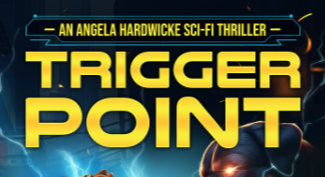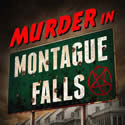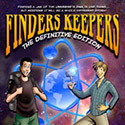In my last blog I talked a bit about some of my editing process. There’s one more technique I use that isn’t common. In fact, I don’t know anyone else who does it, although it may just be that several other writers do it, and I’m just not aware of it. Nonetheless, when I tell other writers that I do it, they initially look at me like I fell on my head. (I get that a lot). So either that means that maybe I need to get that head of mine checked out, or maybe I’m on to something.
It’s what I lIn my last blog I talked a bit about some of my editing process. There’s one more technique I use that isn’t common. In fact, I don’t know anyone else who does it, although it may just be that several other writers do it, and I’m just not aware of it. Nonetheless, when I tell other writers that I do it, they initially look at me like I fell on my head. (I get that a lot). So either that means that maybe I need to get that head of mine checked out, or maybe I’m on to something.
It’s what I like to call Back to Front editing. I’ll explain.
The normal, standard style of editing–whether it’s a novel, comic book, newspaper article … blog or barbecue chicken recipe, is to write, read and edit starting at the beginning and working your way to the end. Makes sense. It’s ordered. Sequential. There’s a flow. Fair enough.
And that’s how I edit, too. Why wouldn’t I.
But over the years I started to realize that, because of that standard editing process, the front of my projects got edited the most, and the quality and frequency decreased as I got toward the end. Because I start at the beginning, I’ll start reading, catch something, and then revise it. So then I start again, and maybe make a few more changes, re-read. And on and on. To the point where the beginning is clean and tight and reads well.
But as I continue through a document, I get tired. I lose focus. It’s normal. It happens to virtually every writer I know.
So what I do–and this is only sometimes, depending on whether I feel that it’s necessary–is that I’ll start at the end and read backward. Yep. Backward. Meaning, I start with the last paragraph and read the paragraphs in reverse order. With a novel I’ll only do this on a chapter by chapter, or section by section basis, given the project’s overall length, but for a short story or a magazine article I’m writing, I take this approach when I feel like it’s not as tight as I’d like it.
Take a single chapter in a novel, for example. Say there’s 50 paragraphs. This means that I’ll start by reading chapter No. 50, and then 49, and then 48, and so on, until I’m done.
I do this for the same reason I mentioned in my earlier blog bout sequencing. When I read in sequence, I start anticipating the words that are coming, and then don’t focus as well as I would like. Because I know what to expect, I sometimes skim instead of read carefully. By reading the paragraphs in reverse order, my mind needs to stop–and slow down–because the sequence doesn’t make sense. If forces me to refocus, and then give each paragraph more focused attention.
Again, this process is to find little things. Awkward phrasing, too much description. It’s for pruning. I don’t use this for overall flow because … it’s backward!
But if I’m working on a scene or a section or a chapter and I just don’t feel it’s quite there, I edit back to front. It’s just another little technique that helps me in the overall. Sometimes getting a new perspective shows me things I otherwise would have missed. I don’t use this technique all the time, but it is helpful.





